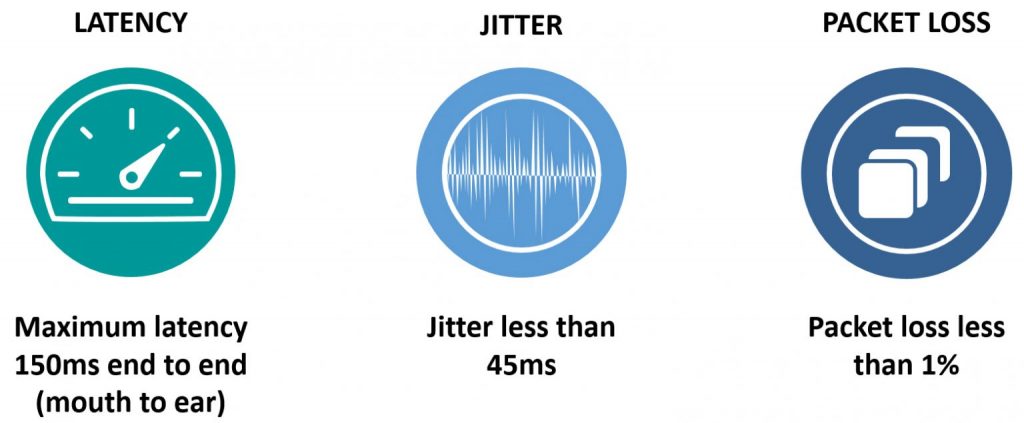Connectivity from the Exchange to roadside cabinets is over fibre hence it also gets referred to as “fibre broadband” though the DSL connection to the end user is still provided over copper telephone lines. VDSL is increasingly being used by businesses for high speed Internet access.
With download speeds of up to 80Mbps it is not difficult to see why. However, a broadband circuit optimised for Internet browsing is not necessarily the best choice for VoIP (voice over IP).
We discourage the use of VDSL for voice because, whilst anecdotally many people have found it “good enough”, it offers no guarantees of voice quality or any route to resolution should voice quality become unacceptable.
Here we discuss why we don’t consider VDSL suitable for business voice use.
What does VoIP need?
As one of the first companies in the UK to offer business quality SIP trunks, Spitfire pioneered the use of circuits that are specifically purposed for voice traffic. These circuits have technical characteristics that make them suitable for VoIP with guarantees to back them up.
To give satisfactory voice quality, it is generally considered that, a circuit must meet these technical requirements for VoIP:

These requirements may be met on a VDSL service most of the time; however they are not guaranteed to be met for all or any of the time. A 500ms delay on a web page is barely noticeable; such delay during a telephone call is very noticeable.
How VDSL works
VDSL is often referred to as “Fibre To The Cabinet” (FTTC) technology. In order to achieve higher speeds than normal ADSL the DSLAM is moved from the telephone exchange to a roadside cabinet. This reduces the length of the copper cable from the customer premises to the DSLAM.
A fibre circuit connects the DSLAM to the telephone exchange. At the telephone exchange the fibres connect onto Optical Line Termination and, via a layer 2 switch, to the backhaul network.
The backhaul network links telephone exchanges to nodes where Broadband Remote Access Servers (BRAS) aggregate traffic and forward it onto the service providers’ L2TP Network Servers (LNS).

Stratum Now’s “So What” Section
All of this matters because voice traffic does not respect delays, latency or interruption in general. Gold-standard data circuits are required to give a superior service, and Spitfire’s voice-approved SDSL-M circuits can carry many channels of voice and start at £27 per month. You don’t have to spend a fortune to get ISDN-like call quality… but if you want your customers to be able to hear what you’re saying, 100% of the time, you need to have the appropriate circuit running your system.
At Stratum Now we recommend Spitfire for excellent call quality and reliability. Read more about Spitfire’s connectivity solutions.



